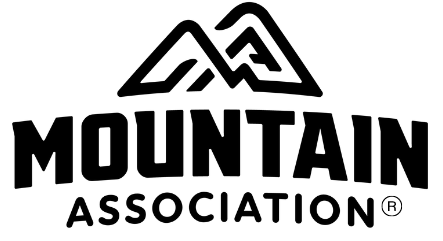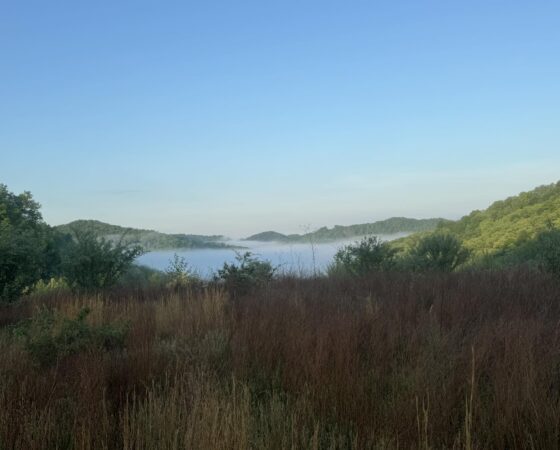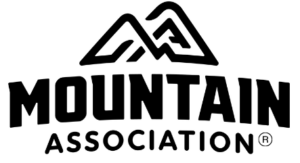If you follow us on Facebook or Twitter (as you should!), you'll know that lastweek I was in West Virginia for a conference hosted by the 
Often we hear that the cities are the economic engines of an economy, with surrounding rural areas being a drain on resources. However, the research presented at the conference, by Brian Dabson of the University of Missouri, found that this isn't necessarily the case. The chart to the left shows that, with the exception of Louisville and Cincinnati, the rural areas (labeled "periphery") surrounding the urban core actually generate more revenue than the cities. The problem is that the wealth doesn't stick – it flows back into the urban areas and tends to stay there.
So how do we fix this problem? Dabson offered seven strategies:
- Expand intermediation. Replicate current intermediation approaches from one part of Central Appalachia to others, such as the Regional Flavor concept in Ohio. (Intermediaries are those entities – non-profit, for-profit or social enterprises, that help connect rural businesses to urban markets.)
- Capture regional markets. Explore regional markets, focusing on main urban centers, by conducting market development research through regional business schools.
- Connect to urban procurers. Develop connections with procurement offices in urban-based businesses by collaborating with urban-based economic development, financing, and TA agencies.
- Broaden regional branding efforts. Convene business-to-business gatherings to explore regional branding potential for current and proposed brands, and support fledgling initiatives.
- Focus on exports and import substitutions. Convene sectoral business-to-business gatherings in specific sectors, to explore import substitution or export opportunities.
- Capitalize on provenance and quality. Explore "short supply chains" for products and services in sectors where provenance and quality can provide a competitive advantage.
- Track impact and tell the story. Identify and apply specific metrics to track the development and impacts of sustainable supply chains.
After discussing these strategies, the audience broke into small groups and came up with six more:
8. Support physical infrastructure development for rural communities, and advocate for technology and broadband access.
9. Develop sector-specific strategies for increasing market access (eg. energy, food, forestry, manufacturing, health).
10. Explore new/external consumer demand and urban markets. Identify competitive advantages for rural products/enterprises that build on strengths/assets.
11. Develop new forms of capital, especially transfer of wealth/new wealth in the region.
12. Build cross-sector collaborations around triple bottom line values and value chain concepts.
These strategies are all well and good, but what do they look like in practice? We heard from a panel of entrepreneurs (pictured at right) who are actively working to bring their rural-made products to urban markets: 
- Gat Caperton, of Gat Creek Furniture in Berkeley Springs, WV. Gat Creek's gorgeous furniture is made from West Virginia hardwood and is sold around the world in independent stores and online catalogs like Room + Board.
- Kathlyn Terry for Appalachian Harvest, based in Abingdon, VA. Appalachian Harvest works with farmers in southwest Virginia and northeast Tennessee to get their produce to grocery stores like Ingles and Whole Foods.
- Kevin Rowe for WoodRight, Inc., based in Abingdon, VA. WoodRight connects sustainably-harvested and Appalachian-milled construction products to architects and builders throughout the southeast.
The conversation flowed from there, with small group discussions about how practitioners of research and policy, philanthropy, economic development, and business and social enterprises could help develop this rural-urban connection. A key need that was discussed often was the first strategy from the research – intermediaries and brokers, folks who can bridge the gap between producers and buyers. Farmers want to farm, and food service workers want to cook; neither want to have to seek the other out and figure out the details for how to get local food into a hospital cafeteria. But brokers can fill that need so that everyone can do their own jobs more efficiently. We also need to be better about "telling the story" of our region and its wonderful goods and services. Why are our products and experiences better? Why should folks outside the region want to buy or use them?
While this conference was more about learning than practice, we did have some takeaways for moving forward: building relationships and trust between urban and rural markets and intermediaries is important; we need to learn from each other; and we must share and build upon best practices that are already seeing success in the region.
A proceedings paper covering the conference will be produced by the Central Appalachian Network. It will be posted here when it's available!





